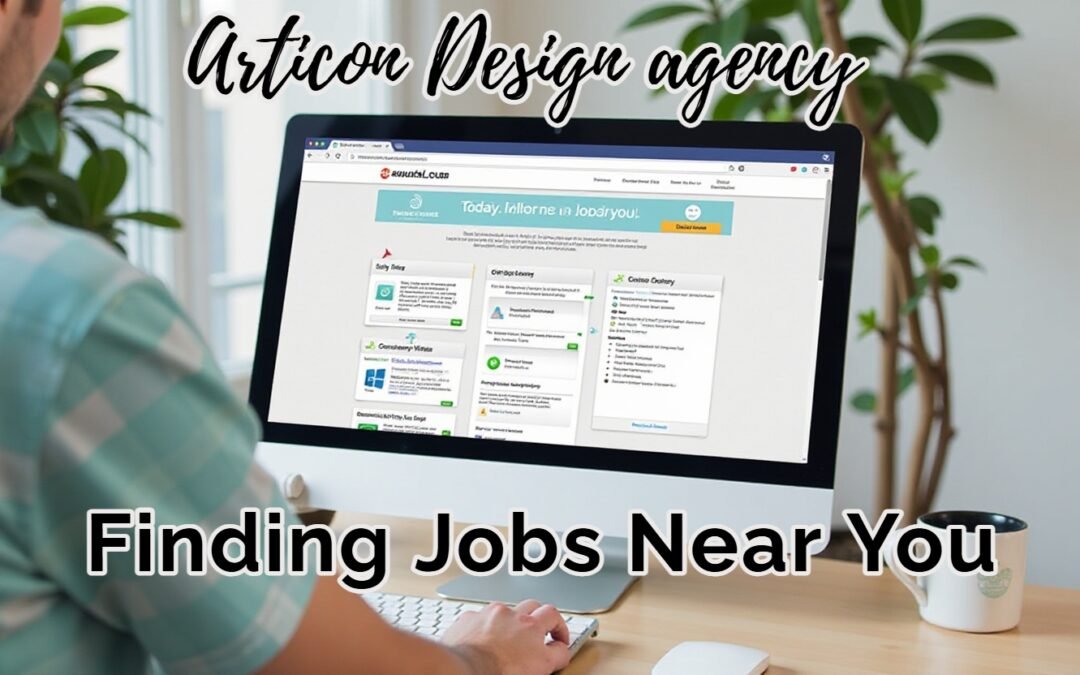
by James Dean | May 9, 2024 | Blogs, Technology, Web Design, Web Development

Find Jobs Near You
If you’re looking for a new job, you may be wondering, “Are there any jobs near me?” Luckily, with the advancements in technology, finding job opportunities in your area has become easier than ever. Whether you’re searching for full-time, part-time, or freelance work, there are various online platforms and job search engines that can help you find the perfect job near you.
One effective way to find jobs near you is by using custom websites that cater specifically to your location. These custom websites are designed to connect job seekers with employers in their local area. By using keywords such as “jobs near me” or the name of your city or town, you can narrow down your search and find relevant job listings that are close to where you live.
The Importance of Custom Design
When it comes to building a successful online presence, having a custom-designed website is crucial. A custom website allows you to stand out from your competitors and create a unique brand identity. It also gives you the flexibility to tailor your website to meet your specific business needs and goals.
Custom design goes beyond just aesthetics. It involves understanding your target audience, their preferences, and their behaviors. By incorporating user-friendly navigation, responsive design, and visually appealing elements, a custom-designed website can enhance the user experience and encourage visitors to stay on your site longer.
Create a Custom Website for Your Business
If you’re a business owner, investing in a custom website can have a significant impact on your success. A custom website allows you to showcase your products or services in a way that aligns with your brand. It also provides you with the opportunity to optimize your site for search engines, improving your chances of ranking higher in search results.
When creating a custom website, it’s essential to work with a professional web design agency or developer who understands your business goals and can bring your vision to life. They will help you create a website that not only looks great but also functions seamlessly and delivers a positive user experience.
In conclusion, whether you’re searching for jobs near you or looking to create a custom website for your business, these two aspects play a significant role in achieving your goals. Utilize the power of custom websites to find job opportunities in your area, and invest in a custom-designed website to stand out from your competition and attract more customers.
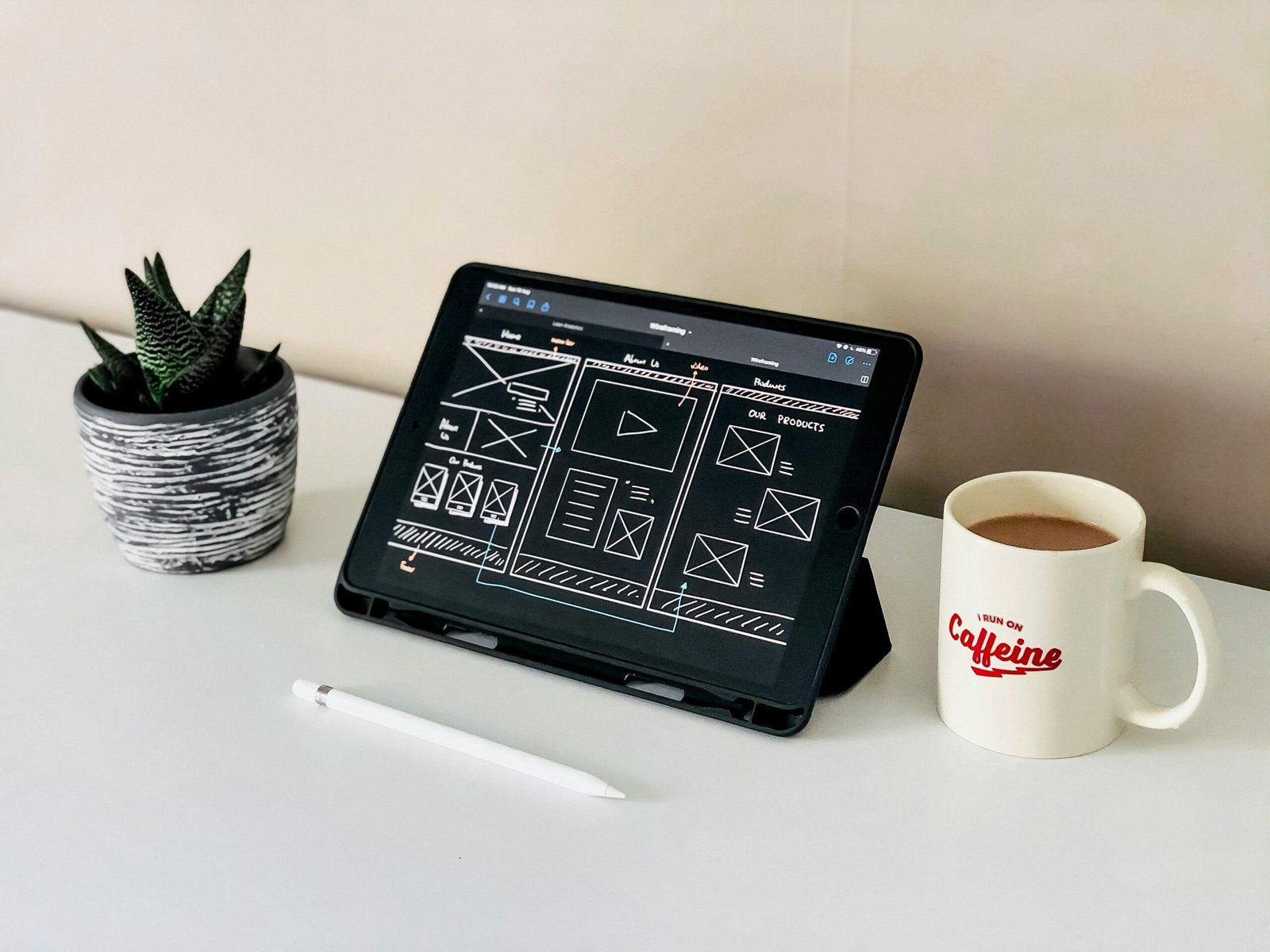
by James Dean | May 7, 2024 | Blogs, Web Design, Web Development
What is Website Design?
Website design refers to creating and designing a website’s layout, appearance, and functionality. It involves various elements such as layout, colors, graphics, fonts, and user experience. A well-designed website looks visually appealing, ensures a seamless user experience, and effectively communicates the brand’s message.
The Importance of Website Design
In today’s digital age, having a well-designed website is crucial for businesses and individuals alike. Here are some reasons why website design is important:
1. First Impression Matters
Your website is often the first point of contact between your business and potential customers. A well-designed website creates a positive first impression and helps establish credibility and trust. On the other hand, a poorly designed website can turn visitors away and give the impression of unprofessionalism.
2. User Experience
A good website design focuses on providing an excellent user experience. This includes easy navigation, fast loading times, intuitive functionality, and mobile responsiveness. A positive user experience encourages visitors to stay longer on your site, explore your content, and take desired actions such as making a purchase or filling out a contact form.
3. Branding and Consistency
Your website is an essential component of your brand identity. It should reflect your brand’s values, personality, and visual elements. Consistency in design across all pages and platforms helps reinforce your brand and makes it easily recognizable to your audience.
4. Search Engine Optimization (SEO)
A well-designed website is more likely to rank higher in search engine results. Search engines consider factors such as website speed, mobile-friendliness, and user experience when determining rankings. By optimizing these elements through effective website design, you can improve your chances of getting found by potential customers.
5. Competitive Advantage
In a crowded online marketplace, having a custom website design sets you apart from your competitors. A unique and visually appealing design helps capture attention, engage visitors, and differentiate your brand from others in the same industry.
Why You Need Custom Website Design
While there are many website templates and pre-designed themes available, opting for a custom website design offers several advantages:
1. Tailored to Your Needs
A custom website design allows you to create a website that is specifically tailored to your business goals, target audience, and unique requirements. You have the freedom to choose the layout, colors, fonts, and functionality that align with your brand and objectives.
2. Unique Brand Identity
A custom website design enables you to establish a unique brand identity that sets you apart from your competitors. You can incorporate your brand’s colors, logo, and visual elements into the design, creating a consistent and memorable brand experience for your visitors.
3. Enhanced User Experience
With a custom website design, you have full control over the user experience. You can design the navigation, layout, and functionality to ensure a seamless and intuitive browsing experience for your visitors. This can lead to higher engagement, increased conversions, and improved customer satisfaction.
4. Scalability and Flexibility
A custom website design provides scalability and flexibility as your business grows and evolves. You can easily incorporate new features, functionalities, and content without limitations imposed by pre-designed templates. This allows your website to adapt to changing business needs and stay relevant in a dynamic online landscape.
5. SEO Optimization
Custom website design allows for better optimization for search engines. You can ensure that your website is structured, coded, and designed in a way that is search-engine friendly. This can improve your website’s visibility in search engine results and drive organic traffic to your site.
6. Long-Term Cost Savings
While custom website design may require a higher upfront investment, it can save long-term costs. With a custom design, you have full ownership and control over your website, eliminating the need for recurring fees associated with pre-designed templates. Additionally, a well-designed website is less likely to require frequent updates or redesigns, saving you time and money in the long run.
Conclusion
Website design plays a crucial role in creating a positive user experience, establishing brand identity, and driving business growth. While pre-designed templates may offer convenience, opting for a custom website design provides numerous benefits such as tailored functionality, unique branding, enhanced user experience, and long-term cost savings. Investing in a custom website design is an investment in the success and growth of your online presence.
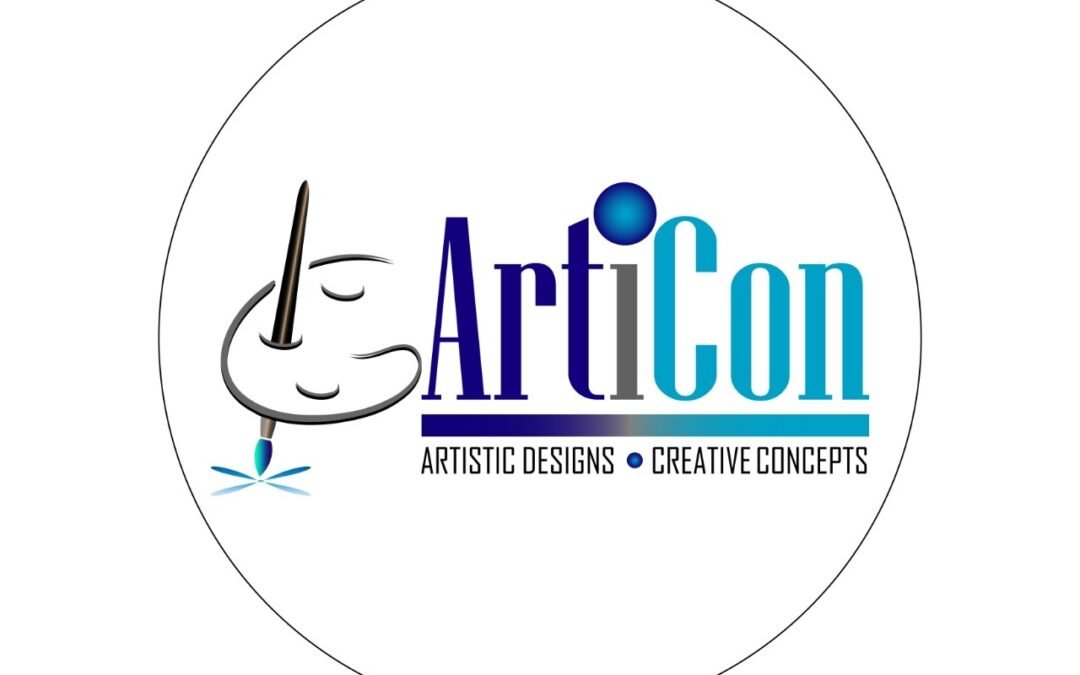
by James Dean | Apr 30, 2024 | Blogs, Branding Design, Digital Marketing, Logo Designing, Web Design, Web Development
Articon Design Agency was established in December 2020, with its offices spanning across the USA, Canada, and the UK. Founded by a dedicated team with over 12 years of collective experience in design, website development, and app development, Articon was born from a vision to deliver high-quality and cost-effective services to individuals and businesses facing budgetary constraints.
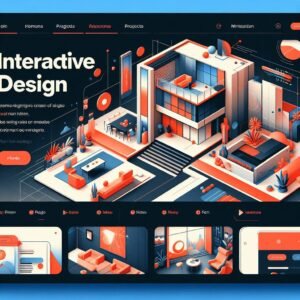
Empowering Ordinary People and Small Businesses
At Articon, the founders and team members are driven by a mission to empower ordinary people and small businesses. They achieve this by providing them with million-dollar service offerings in logo design, branding, website development, and app development. The agency believes in leveling the playing field and enabling clients to compete effectively in the corporate and professional arena.
Architecting Visual Identities
Articon’s graphic department is divided into specialized cells, each dedicated to specific types of work. Here’s a glimpse into what their Logo & Stationery Cell encompasses:
-
Logo Design Studio: Unleashing Creative Brilliance
-
In the Logo Design Studio, seasoned artists breathe life into brand identities. From concept to creation, they meticulously design logos that transcend mere symbols. These logos become visual narratives that speak volumes about a brand’s personality, values, and aspirations.
-
Stationery Design Hub: Elevating Brand Presence
-
The Stationery Design Hub turns every piece of collateral into a canvas for brand expression. Business cards, letterheads, envelopes—each element is thoughtfully designed to create a cohesive and professional brand presence, leaving a lasting impression on clients and partners.
-
Cell Department for Digital Brilliance: Transcending Boundaries
-
Beyond traditional stationery, the Digital Brilliance Department seamlessly integrates digital elements into brand collateral. From digital letterheads to email signatures, they bridge the gap between the physical and digital realms, ensuring consistency across online and offline platforms.
Redefining Design Standards
In summary, Articon Design Agency isn’t just designing websites; they’re sculpting the digital future and empowering businesses to thrive in the ever-evolving landscape of creativity and technology.
If you’d like to explore their portfolio or learn more about their specific projects, feel free to visit their portfolio. 🎨🚀
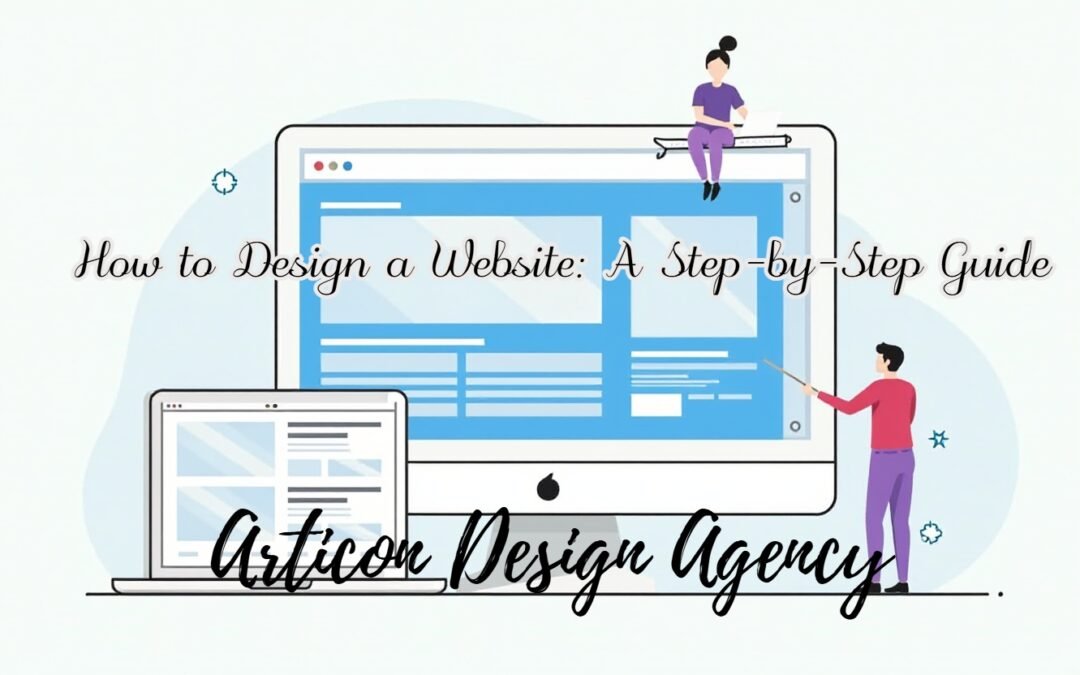
by James Dean | Apr 22, 2024 | Blogs, Web Design, Web Development
How to Design a Website: A Step-by-Step Guide
Designing a website is an exciting journey that allows you to create an online presence, showcase your brand, and connect with your audience. Whether you’re a business owner, an artist, a blogger, or someone looking to share their passion, this step-by-step guide will help you navigate the process of designing your own website.
1. Set Your Goal
Before diving into the design process, be crystal clear about what you want to achieve with your website. Consider the following types of websites and choose the one that aligns with your objectives:
-
Online Store or eCommerce Website: Sell your products online.
-
Portfolio: Showcase your art, photography, or creative work.
-
Business Website: Manage and grow your business.
-
Resume Website: Grab the attention of potential employers.
-
Blog: Share your knowledge and expertise.
-
Event Website: Plan weddings, parties, or company events.
-
Photography Website: Display and sell prints.
-
Fitness Website: Book new clients.
-
Restaurant Website: Facilitate online orders, delivery, and payment.
2. Choose Your Website Builder Or Custom Design Agency
Selecting the right website builder is crucial. Consider factors like ease of use, customization options, and scalability. Some popular website builders include:
3. Define Your Layout
Plan the structure of your website. Decide on the number of pages, their hierarchy, and the flow of information. Common pages include:
4. Claim Your Domain Name
Choose a memorable and relevant domain name (website address). Keep it short, easy to spell, and reflective of your brand.
5. Gather Your Content
Collect text, images, videos, and other media for your website. High-quality content is essential for engaging visitors.
6. Design Your Website Elements
Now comes the fun part! Design each element of your site:
-
Layout: Arrange content logically and aesthetically.
-
Typography: Choose fonts that align with your brand.
-
Color Scheme: Use colors consistently across your site.
-
Images and Graphics: Opt for high-resolution visuals.
-
Navigation Menu: Make it user-friendly.
7. Pick the Professional Tools You Need
Explore plugins, widgets, and integrations to enhance your website’s functionality. Consider SEO tools, analytics, and social media integrations.
8. Make It Accessible to Everyone
Ensure your website is responsive and accessible on various devices (desktop, tablet, mobile). Test its usability and readability.
9. Optimize for Mobile
Mobile users are a significant audience. Design with mobile responsiveness in mind.
10. Strengthen Your SEO
Implement search engine optimization techniques to improve your website’s visibility on search engines.
11. Engage with Visitors
Add interactive elements like forms, chatbots, and comment sections. Encourage user engagement.
12. Ask for Feedback
Launch your website and seek feedback from friends, colleagues, or online communities.
Remember, your website is a reflection of your brand. Invest time and creativity to make it stand out and serve its purpose effectively. Happy designing! 🌐✨
References:
- Wix Blog – How to Design a Website
- Adobe Experience Cloud – Design a Website Tutorial
- Webflow Blog – How to Design a Modern Website
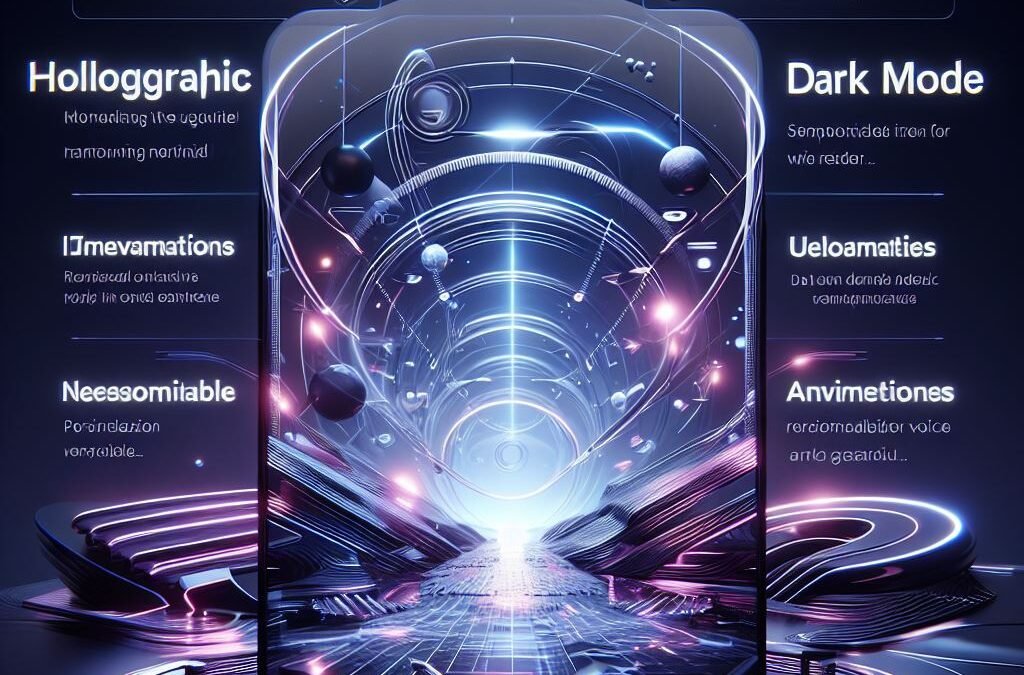
by James Dean | Apr 3, 2024 | Blogs, Web Design, Web Development
2024 Website Design Trends: A Glimpse into the Future
As we step into 2024, the world of web design continues to evolve, pushing boundaries and redefining digital aesthetics. Let’s explore the trends that will shape the way we create engaging and user-friendly websites.
1. Denser, Richer Graphics


Expect websites to be filled with complexity, color, textures, and patterns. Denser graphics create immersive experiences for users, moving away from the minimalist designs of the past decade. Advances in computing power allow for more design-intensive sites, enhancing user experiences.
2. Animation Stimulation


Dynamic movement takes center stage. Brands use animation, moving elements, and illustrations to impress visitors. From subtle micro-interactions to bold transitions, animation engages users and adds authenticity to the brand experience.
3. Scrapbook Layering


Layered designs evoke nostalgia and creativity. Think collages, overlapping elements, and playful compositions. Scrapbook-inspired layouts create visual interest and encourage exploration.
4. Geometric Aesthetic


Geometric shapes are back in vogue. Clean lines, symmetry, and abstract forms add sophistication. Whether it’s a bold hero section or subtle background patterns, geometry creates visual harmony.
5. Interactive Design

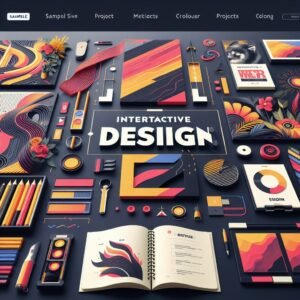
Websites become interactive playgrounds. Users expect more than static pages—they want to engage. Scroll-triggered animations, quizzes, and personalized experiences keep visitors hooked.
6. Bold Typography
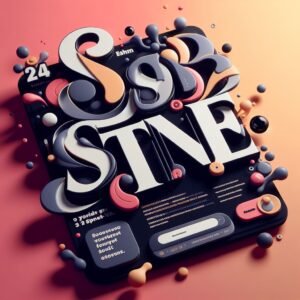

Typography takes center stage. Oversized fonts, custom typefaces, and expressive lettering communicate brand personality. Typography becomes a design element in itself.
7. Visible Grids
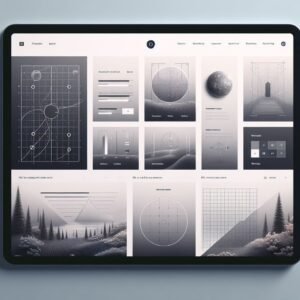

Grid layouts are no longer hidden. Embrace the grid as part of the design. Showcase content in organized, modular arrangements. Grids provide structure while allowing creativity to flourish.
8. Atmospheric Scroll
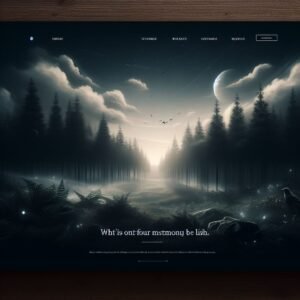
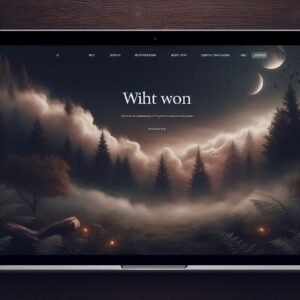
Scrolling becomes an experience. Websites guide users through a narrative as they scroll. Background changes, parallax effects, and storytelling unfold seamlessly.
9. Multimedia Focus

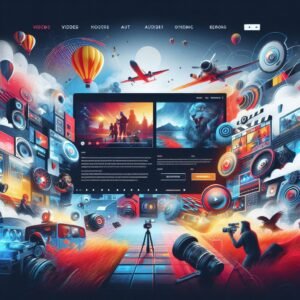
Video backgrounds, audio snippets, and interactive media become integral. Multimedia elements enhance engagement and convey messages effectively.
10. Illustration Takes the Lead

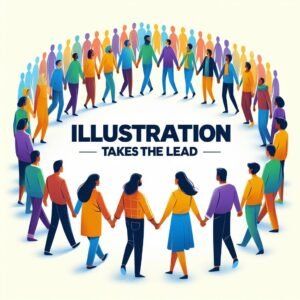
Custom illustrations inject personality. Brands move away from stock imagery, opting for hand-drawn or digital illustrations. Illustrations create a unique visual language.
Remember, these trends are not rigid rules but creative inspirations. Let your intentions guide your design, and let the trends enhance your vision. As we embrace 2024, web design remains a canvas for innovation and user-centric experiences.
Stay curious, experiment, and create websites that leave a lasting impression! 🌐🎨

by James Dean | Feb 13, 2024 | Blogs, Branding Design, Interior Designing, Logo Designing, Web Design, Web Development
Copyright Importance In Graphic Designing
Articon Design Agency is at the forefront of creativity, where imagination knows no bounds. As pioneers in the realm of graphic design, we understand the paramount importance of safeguarding creative brilliance through comprehensive copyright protection. In this article, we delve into the intricate world of copyright in graphic design, offering insights and guidance to ensure that your artistic masterpieces remain protected while your imagination continues to soar.

Understanding Copyright in Graphic Design:
- Automatic Protection:
- Just like a stroke of genius, copyright protection is granted automatically upon creating an original work fixed in a tangible medium. This fundamental principle applies to various forms of graphic design, including illustrations, logos, and digital artworks.
- Originality:
- Copyright in graphic design hinges on the concept of originality. It safeguards works of authorship that are the product of the creator’s creativity, prohibiting direct copies of others’ works. At Articon Design Agency, we celebrate each designer’s unique vision and innovative spirit, ensuring that every creation is a testament to artistic ingenuity.
- Rights Granted:
- Copyright grants designers exclusive rights to reproduce, display, and distribute their artwork. These rights serve as a protective barrier, empowering creators to control the usage and dissemination of their designs in the public domain.
- Fair Use:
- While copyright provides robust protection, it’s essential to navigate the nuances of fair use. This legal doctrine allows for the limited use of copyrighted material under specific circumstances, respecting the balance between creators’ rights and societal interests.
- Licenses:
- Through licensing agreements, graphic designers can selectively grant usage rights to others while retaining ownership of the copyright. These agreements offer flexibility and clarity, ensuring the creator’s vision is preserved while facilitating collaborative endeavors.
Why Copyright Matters for Articon Design Agency:
- Protection of Creative Assets:
- Copyright serves as a bulwark against unauthorized use, replication, or modification of our designs. By securing copyright protection, we uphold the integrity of our creative assets and maintain control over their usage in diverse contexts.
- Preserving Brand Identity:
- Our designs are not merely artworks; they are embodiments of brand identity and vision. Copyright protection safeguards the essence of our client’s brands, ensuring that their visual identities remain distinctive and memorable in the marketplace.
- Fostering Innovation and Collaboration:
- Respect for copyright fosters a culture of innovation and collaboration within the design community. By honoring creators’ rights and acknowledging their creative contributions, we cultivate an environment where ideas flourish, and collaborations thrive.
Conclusion:
At Articon Design Agency, we champion the principles of creativity, originality, and integrity. Through robust copyright protection, we uphold the rights of creators, preserve brand identity, and foster a culture of innovation. As stewards of artistic excellence, we invite fellow designers and enthusiasts to join us in celebrating the transformative power of graphic design, where every stroke of genius is cherished, and every creative endeavor is celebrated. Together, let us continue to push the boundaries of imagination and create a world where creativity knows no bounds.

by James Dean | Feb 4, 2024 | Blogs, Branding Design, Web Design, Web Development
![]()
![]()
![]()
![]()
![]()
![]()
![]()
![]()
![]()
![]()
![]()
![]()
![]()
![]()
![]()
![]()
![]()
![]()
![]()
![]()
![]()
![]()
![]()
Recent Comments